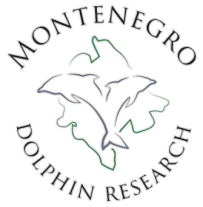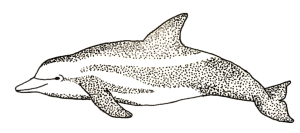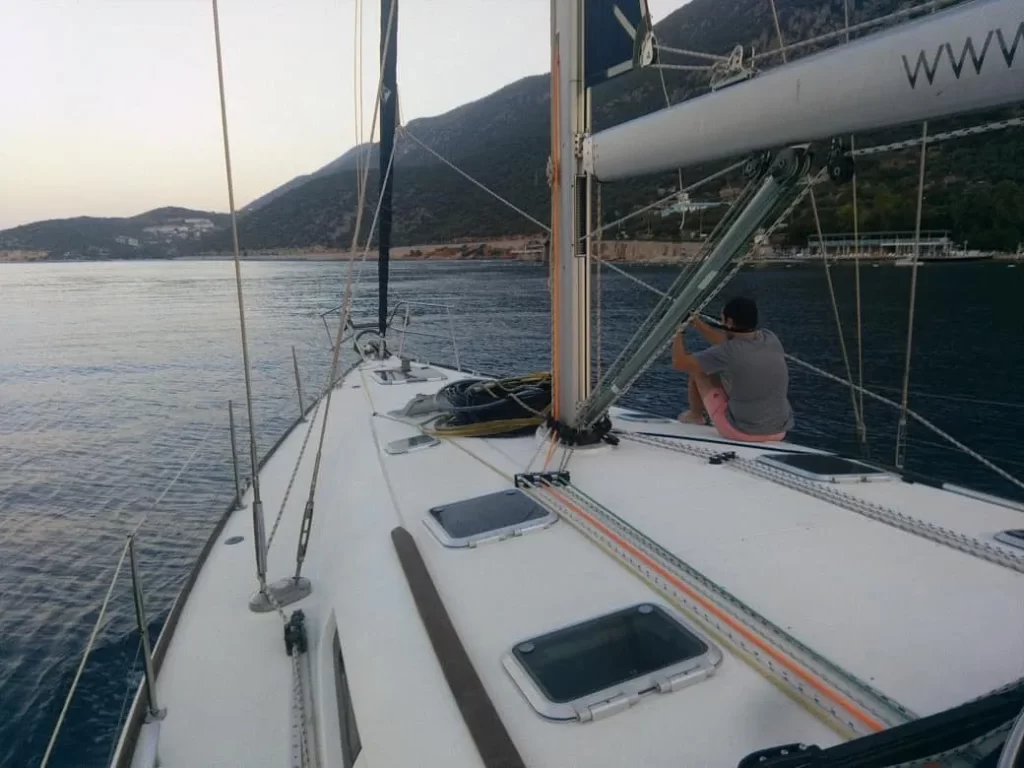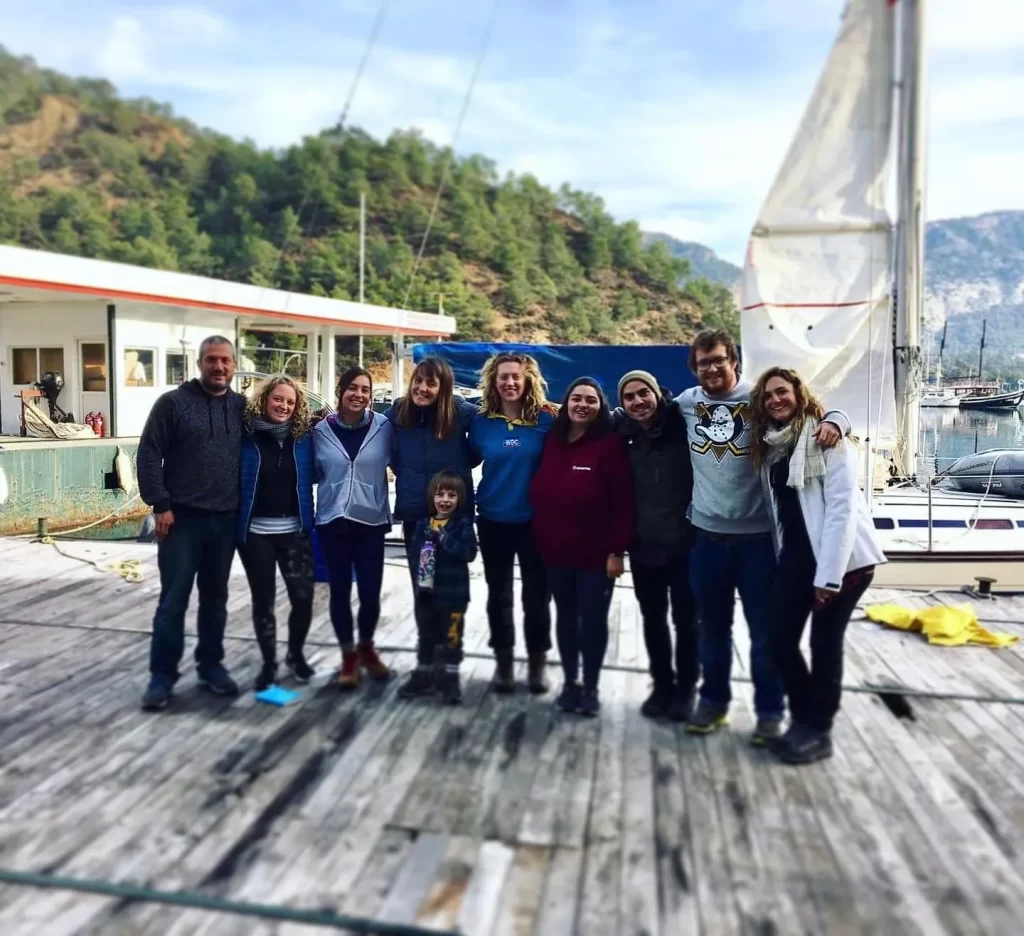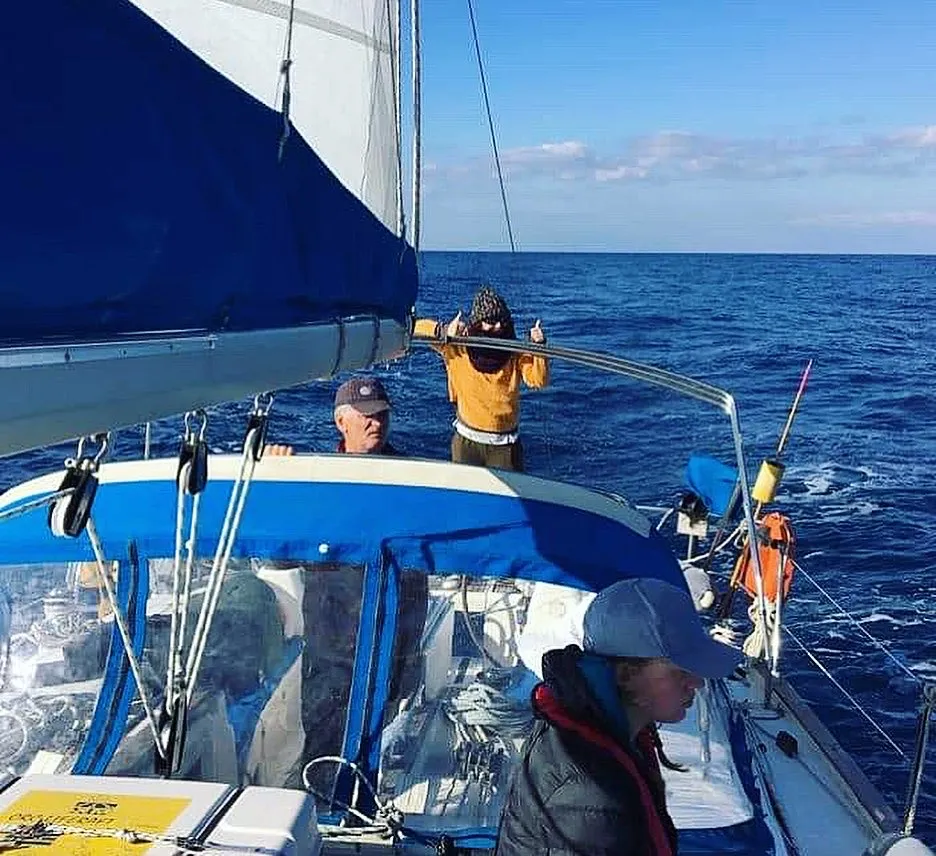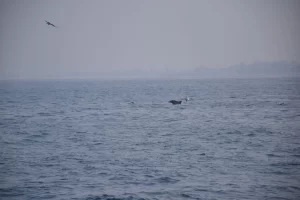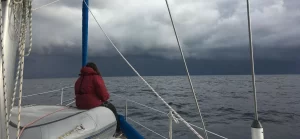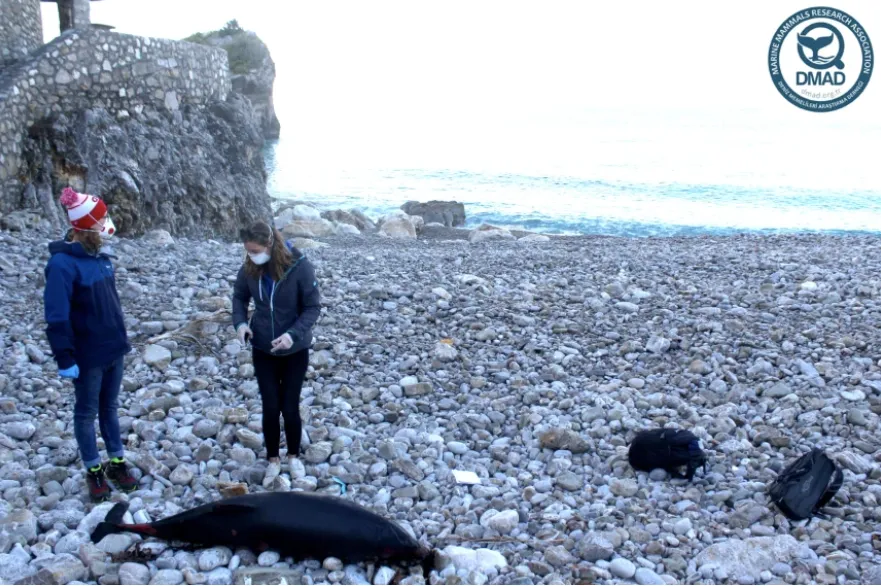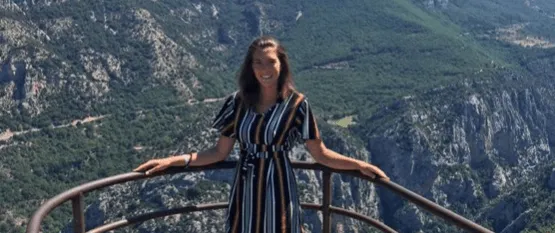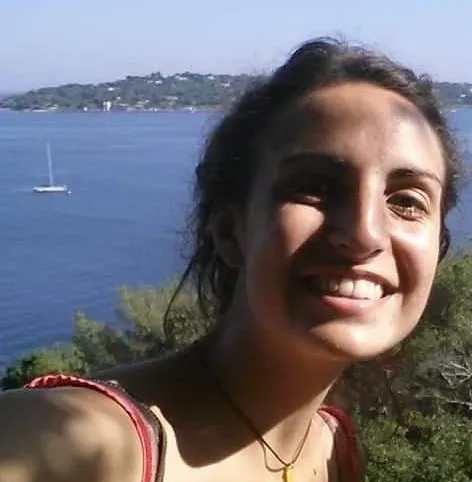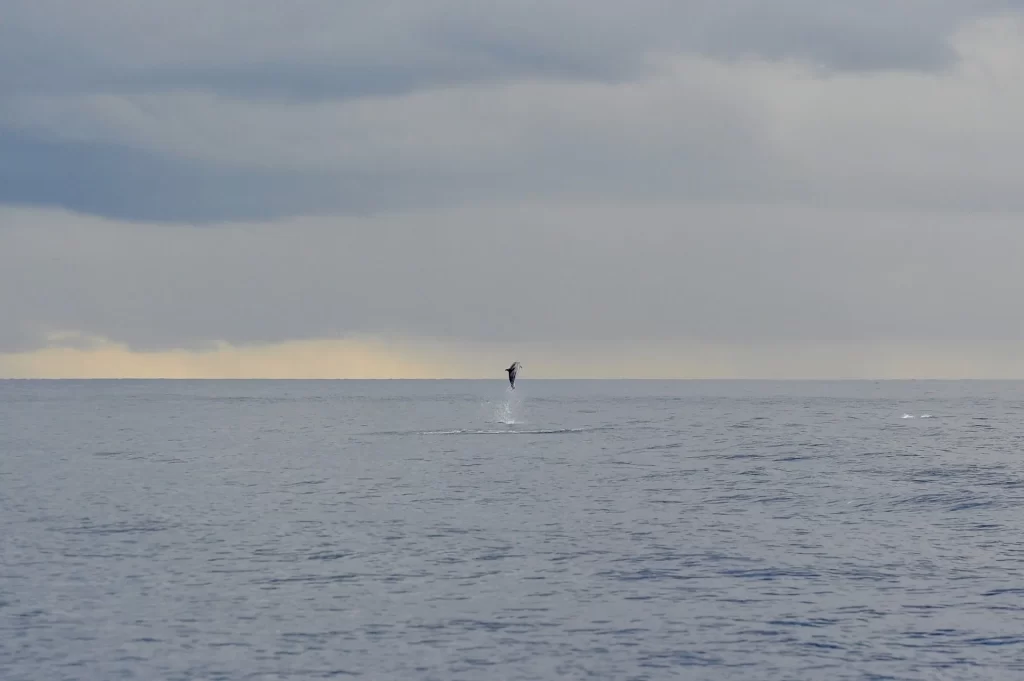
10th – 15th January 2020
Introduction
The Levantine Sea is under pressure from unmitigated fishery practices, habitat destruction, marine traffic, marine debris and recently oil and gas explorations, each of which is adding to a collective pressure of threats on marine species. In order to protect what remains, our team travelled between Marmaris and Antalya Bay following pre-determined transects for five days in Janaury 2020. The main tasks involved monitoring acoustics twenty four hours a day and conducting visual surveys in search of cetaceans during daylight hours.
Five Days at Sea
Within the first twenty four hours, the team encountered a pair of Cuvier’s Beaked whales, which are known as one of the most elusive cetacean species. The species of concern was recently upgraded to Vulnerable status by the IUCN Red List after being classified as “data deficient” for over 10 years. The presence of Cuvier’s beaked whales have previously been recorded by the DMAD team in the Antalya Bay since 2015. Yet, the decline in their sighting rates, coupled with an increase in stranding data) has raised concerns.
Therefore, the current sighting was a silver lining to the winter clouds that shrouded our survey and pushed us harder to carry out our dedicated survey efforts within the least scientifically explored region of the Mediterranean. We encountered over 20 groups of delphinids, including an offshore sighting of bottlenose dolphins, a species that is generally consdiered to be coastal in the Mediterranean Sea.
By looking at our data, it is clear to see that the Levantine Sea, which was once assumed to be ‘the desert’ of the Mediterranean Sea, holds key habitats for cetaceans not only in its coastal waters but also in its deeper blues. Further to this, the basin continues to be important for cetaceans even during the colder seasons.
Nevertheless, the same habitats are suffering from the ignorance of us, humans. We have encountered kilometre long rivers of waste, striped dolphins with one metre long parasites and last but not least, loud and impulsive noises throughout our study, days and night, leaving no room for silence for animals who depends on sound for their very survival!
Now, it is a known fact that anthropogenic noise does impact the marine ecosystem from bottom to top, from causing an increase in the mortality of zooplankton and fish larvae to the permanent hearing loss and mortality of marine megafauna. And in 2020, despite the known cause-result relationship, the noise pressure continues with no mitigation measures applied in the area (to the best of our knowledge).
We each must continue our individual efforts, from small to big, in order to protect the animals that depend on us and DMAD will certainly be doing so!
If you would like to see what DMAD gets up to day-to-day and see photos from our surveys please follow us on Facebook and Instagram, @marinemammalsresearch. Or if you would like to join us on a future survey or donate to our cause, email us at [email protected]
